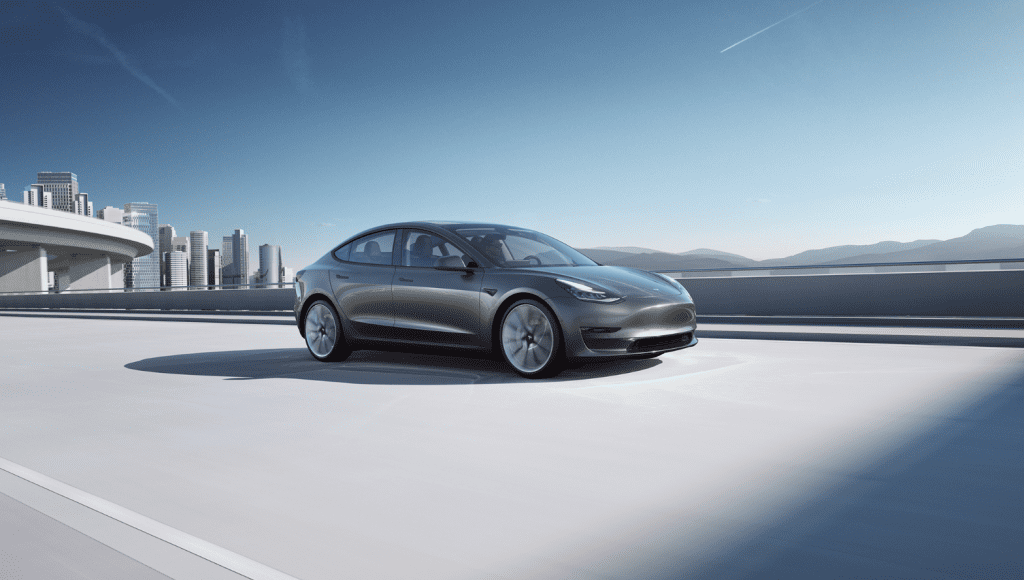When you think about electric vehicles, one name often springs to mind: Tesla. Specifically, the Tesla Model 3 has been a game changer in the world of electric cars since its debut. But one intriguing question lingers, especially for enthusiasts and potential buyers alike: What battery does a 2019 Tesla Model 3 have? This inquiry opens a Pandora’s box of fascinating information, considerations, and even a few potential challenges. So, let’s dive into the electrifying world of the Tesla Model 3 and its battery nuances.
First off, the 2019 Tesla Model 3 came equipped with a lithium-ion battery pack, which is a significant component for anyone considering the vehicle. Specifically, this battery features either a Standard Range or Long Range option, depending on the trim. The Standard Range Model 3 boasts a battery capacity of approximately 50 kWh, while the Long Range variant houses a substantial 75 kWh battery. This difference plays a pivotal role in the vehicle’s driving range, performance, and overall functionality.
Now, let’s ponder a question: Does the difference in battery capacity genuinely affect your driving experience? For some, the answer may hinge on their typical driving habits and lifestyle. The Standard Range Model 3 offers a range of about 250 miles on a single charge, which is ample for most daily commutes. However, for those who often embark on longer journeys or have a penchant for road trips, the additional capacity of the Long Range version becomes more appealing, providing approximately 322 miles per charge. This raises an interesting challenge: Should you invest in the extended range for occasional long trips, or is the Standard Range sufficient for your needs?
Another critical aspect to consider is the performance. The Long Range version of the Model 3 not only offers greater distance but also a quicker 0-60 mph acceleration time, clocking in at just 4.4 seconds, compared to the Standard Range’s 5.6 seconds. This difference might seem negligible at first glance, but for driving enthusiasts or those who appreciate a sprightly getaway, the discrepancy can significantly enhance the driving experience. The performance difference introduces another thought-provoking challenge: Is the excitement of a faster ride worth the extra investment, or does the Standard Range deliver an exemplary enough performance for everyday driving?
In addition to the driving dynamics, understanding the charging capabilities of the Tesla Model 3 can add layers to your decision-making process. Typically, a 2019 Model 3 can be charged at home using a standard outlet, but a dedicated home charging setup utilizing a Tesla Wall Connector can significantly reduce charging times. The car can also take advantage of Tesla’s extensive Supercharger network, allowing for rapid charging during long trips. However, with great power comes great responsibility — or in this case, planning. How often do you take long trips, and how accessible are Superchargers in your area? This logistical consideration poses yet another challenge: Balancing convenience with battery performance, particularly in areas where charging infrastructure is scarce.
Furthermore, there’s the question of battery longevity. Tesla’s batteries, particularly those employed in the Model 3, have been designed for durability. Users often report substantial range retention even after several years of usage. However, factors like charging frequency, temperature control, and overall vehicle care can influence battery degradation over time. It’s crucial to understand that while Tesla batteries are engineered to last, their effective lifespan can be impacted by practical usage patterns. This broadens the discussion: How essential is it to adopt best practices for battery care, especially if you plan to hold onto your Tesla long-term?
As with any technology, there are also safety considerations surrounding battery use. Tesla’s batteries come integrated with an array of safety mechanisms designed to prevent overheating, manage energy efficiently, and ensure optimal functioning. Nonetheless, prospective buyers should familiarize themselves with safety protocols and the availability of updates from Tesla regarding battery management systems. This awareness invites another question: Are you prepared to stay informed about your vehicle’s software updates and maintain proactive oversight of your battery’s health?
Lastly, the advent of battery technology presents a broader dialogue surrounding sustainability. Electric vehicles like the Tesla Model 3 drastically reduce emissions compared to conventional gas-guzzlers, a fact that resonates with environmentally conscious consumers. But it’s also essential to scrutinize the lifecycle of the battery itself. Are the materials used in the Tesla Model 3 batteries sourced responsibly? What happens to the batteries at the end of their useful life? Such inquiries not only reflect the individual’s ethos but also highlight the challenges inherent in the quest for greener transportation.
In conclusion, while the 2019 Tesla Model 3 features an impressive lithium-ion battery that offers ample range and performance options, the real exploration lies in the questions it engenders. From understanding charging logistics to considering the longevity of the battery and the broader implications of sustainability, potential Tesla owners find themselves at a crossroads of choices and challenges. So as you ponder whether the Standard Range or Long Range Model 3 suits your lifestyle best, remember that your decision extends far beyond mere specifications. It’s an invitation to engage with evolving technology, to contemplate your driving habits, and to connect with the robust community of electric vehicle enthusiasts.
